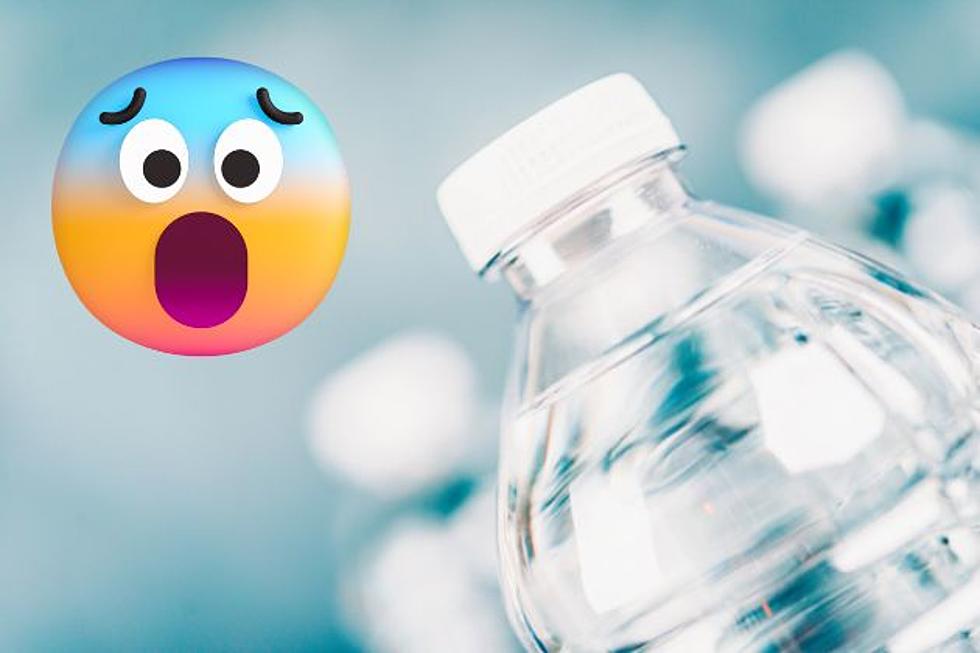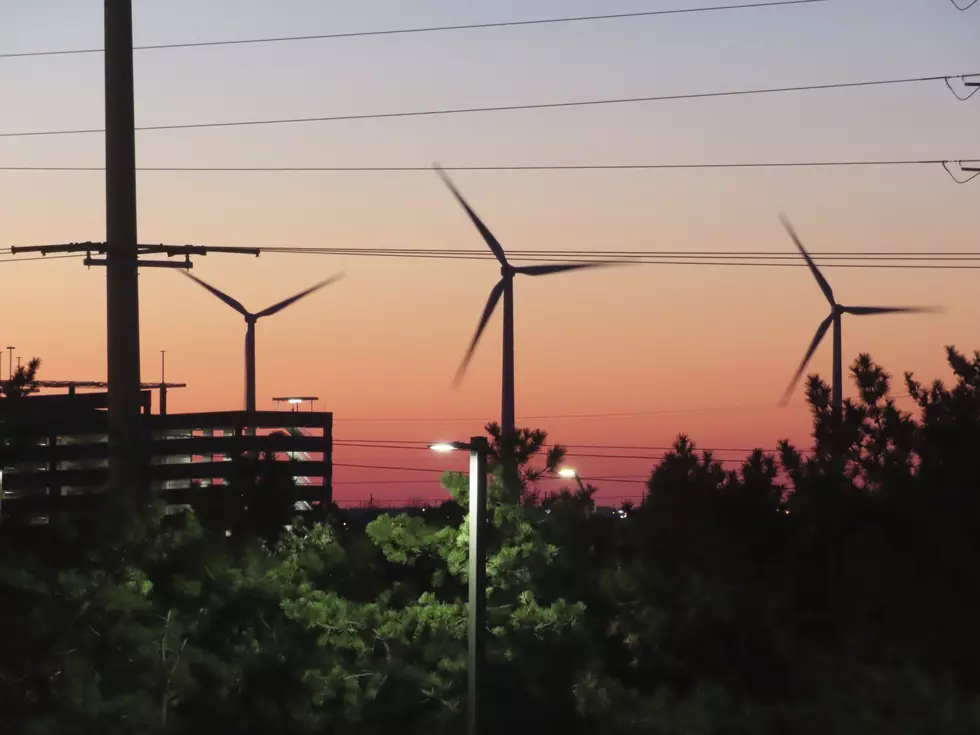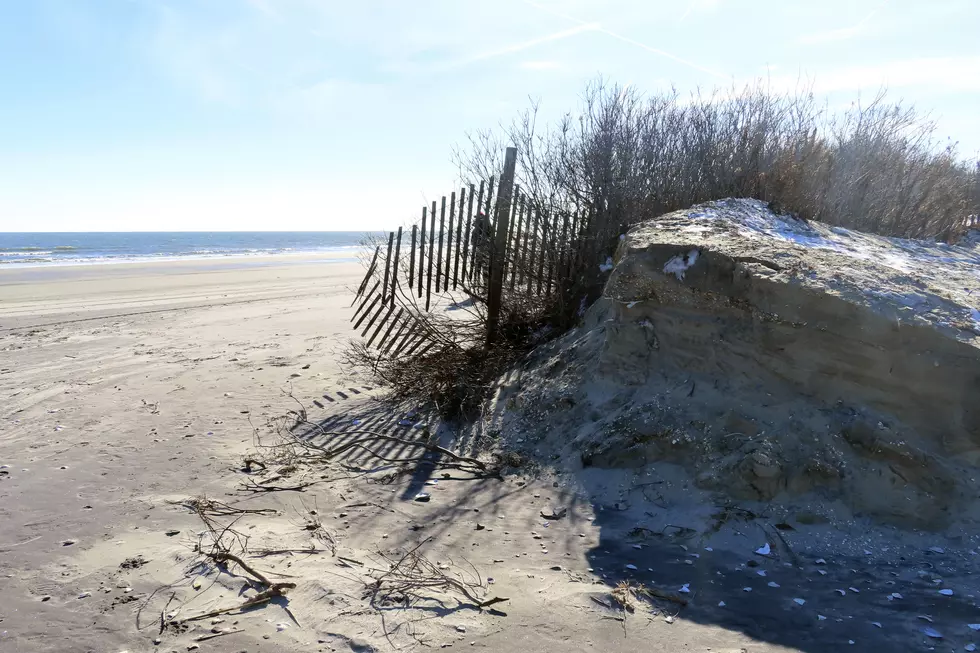
NJ researchers find disturbing level of tiny fragments in most bottled water
🔵 Technology is giving researchers the power to detect so-called nanoplastics
🔵 Researchers say the count of tiny plastics is in the hundreds of thousands
🔵 Nanoplastics can pass through one's lungs and GI system
If you've been thinking about ditching bottled water, new research out of Rutgers University may convince you once and for all to make the move.
The amount of minuscule plastic fragments in bottled water may be up to 100 times greater than previously thought, researchers suggest in a study published on Monday in the journal Proceedings of the National Academy of Sciences.
Using a technique that can detect nanoplastics — particles so small that they can pass through filters and one's lungs and intestines — researchers at Rutgers and Columbia have found that on average, one liter of water contained about 240,000 detectable water plastic fragments.
In some samples, they spotted 370,000 particles in a liter — both nanoplastics and the more widely explored microplastics.
What was found?
Researchers tested three popular brands of bottled water that are sold in the U.S. They combined two routine bottles of water to create the liters that were used for testing.
The study used technology co-invented by Columbia biophysicist Wei Min to probe samples with two simultaneous lasers that are tuned to make specific molecules resonate.
"This technique is revolutionary in the field," said co-author Phoebe Stapleton, an associate professor in the Department of Pharmacology and Toxicology at the Rutgers Ernest Mario School of Pharmacy. "It not only allows us to detect nanoplastics, but also to identify the polymer type."
Ninety percent of the particles found in each liter were nanoplastics (below 1 micrometer). The rest were microplastics. Researchers could identify just 10% of the type of plastic they were dealing with — a common finding was the plastic used in water bottles and condiment packaging; another was polyamide, a type of nylon.
Are nanoplastics dangerous?
Microplastics have been on scientists' radar for years, showing up in the mountains, in the ocean, and in drinking water and food.
But unlike microplastics, nanoplastics (measured in billionths of a meter) can travel through one's gastrointestinal system and lungs, and can travel to organs such as the heart and the brain, or a pregnant person's placenta.
But questions remain as to the impact these microscopic particles have on one's overall health.
Stapleton and her group are continuing research to get some answers in this area, including a quest to better understand how exposure to microplastics and nanoplastics during pregnancy may affect fetal health.
When asked whether people should cut bottled water from their routines, Stapleton said it's a "personal choice at the moment."
"If you're drinking bottled water thinking that it's more healthy than the tap water, it may not be, given this," Stapleton said. "There are different contaminants in either source."
Report a correction 👈 | 👉 Contact our newsroom
LOOK: 19 Drinks Only '90s Kids Remember
Gallery Credit: Meg Dowdy
LOOK: First Photos Of 'The Walmart Of The Future'
Gallery Credit: Rob Carroll
More From New Jersey 101.5 FM









